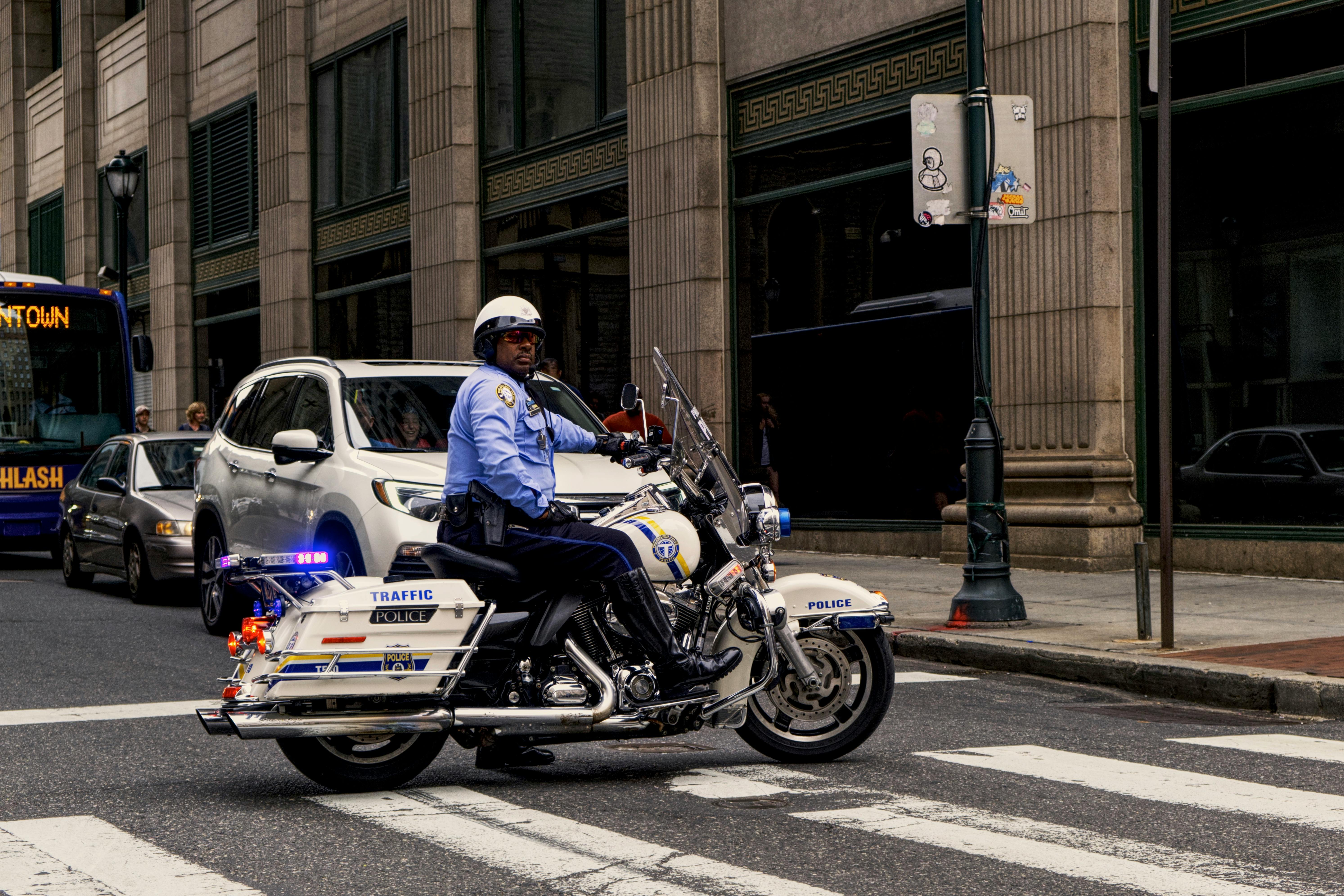Student loans are almost impossible to discharge in a bankruptcy. The legal standard for dismissal is “undue hardship,” but the legal code does not define what undue hardship actually is. So the judges of each district rule on it. They look at the “totality of the circumstances,” which is legal jargon for considering many factors in someone’s situation, assigning different weights to those factors, and deciding where the scales of justice tip. It usually means that the debtor must be disabled and it is unlikely that he will ever generate enough income to pay. If the borrower had a disability when he borrowed the money for the school, the disability generally must have worsened considerably. Simply put, it’s hard, and the results are non-standard, which means they’re inconsistent.
My own student loan debt is absolutely crushing. I’m back in school part time taking LLM courses now, just so I don’t have to pay what I already owe because I can’t pay and am trying to avoid a default until my situation improves.
The last bill introduced to the legislature proposing to discharge student loan debt failed. A long time ago, student loans were cancelable. As recently as September 2009, lawmakers were taking testimony when considering whether a change would allow discharge of at least private student loans. Private student loans are not the same as federal, taxpayer-guaranteed loans. But even this proposal has considerable opposition and does not appear to be a priority at the moment. Perhaps many victims will have to fall before attention and awareness is generated about the immense suffering that these easy-to-obtain loans are causing to a growing number of people.
There are some organizations that work to change the law and make a compelling case. One argument is that lenders recklessly lend money to anyone with a social security card. Default student loan rates are only tracked up to one year after graduation. This is ridiculous, since deferral, forbearance, and the use of credit and help from family can usually get people through that first year. What would be more revealing would be an examination of default rates 4-5 years after graduation.
A view shared by many is that what has been happening in the home loan industry for the better part of the last ten years has happened and continues to happen in the student loan industry. Financial institutions package up private student loan debt and sell it as investments. It may very well be the next bubble waiting to burst. This will be particularly true if the economic recovery is slow, such that there are simply not enough wages or jobs to allow these debts to be paid off. It’s no exaggeration to think that the private student loan industry is a major contributing factor to the unprecedented rise in the cost of tuition. What home loans did for the real estate market may well be what private student loans are doing for the education market, contributing greatly to the 10-20% increase in tuition year over year.
There are arguments that if bankruptcy law is changed to make it easier to pay off student loans, people will benefit from borrowing and filing for bankruptcy soon after graduation. That can be addressed by creating a time limit, for example by requiring student loans to be at least older than 5 or 7 years. Lenders may also require co-signing to better protect your investment. This could also mean that the potential student and co-signer (usually a parent) would consider the implications of the debt more deeply.
Another argument is that if you make the loans cancelable, funds for new students will dry up. That is probably correct. However, perhaps this has to happen. Lenders being stricter about who is loaned to and how much would likely decrease the amount of money available to students. Yes, certain populations would be hurt more than others, basically low-income students. But consider the effect of borrowing too much on these same people now. As a result, a generation of the poor is emerging. It is also arguably a drag on the economy, as these debtors have little to no disposable income to make purchases that create other jobs and ultimately benefit us all. If the funding dries up, there is another possibility as well. Empty classroom seats could force educational institutions to do something that could benefit all of us, lower tuition fees and make it more affordable to attend. The theory of supply and demand could drive this change.
Immense student loan debt is causing tremendous suffering to ambitious, hard-working, and diligent individuals who borrowed thinking they were making a smart decision and an opportunity to improve their lives. Unbeknownst to them, most of them seemed doomed to a life of financial suffering.



